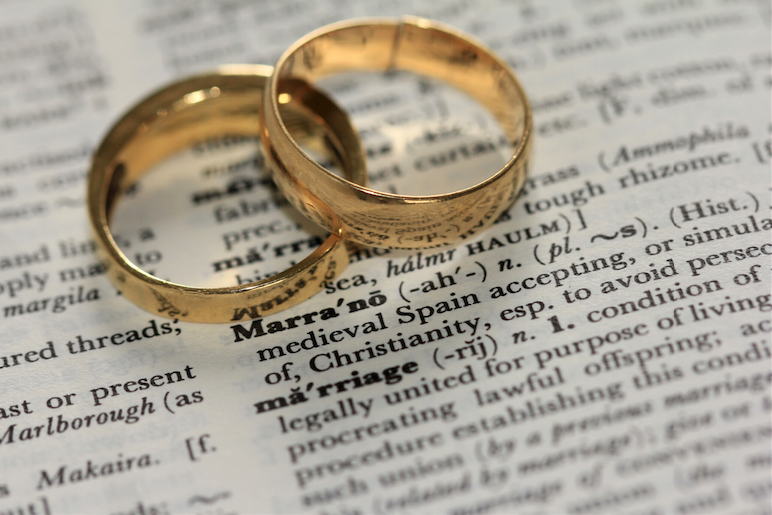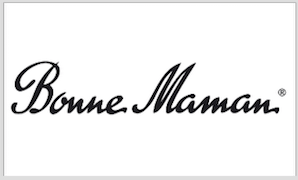As you sit down with your loved one to plan your dream day, you may begin to wonder about why you do certain wedding traditions. From vows to parties to favors, there are a lot of wedding day traditions that most people partake in without every question of how that certain activity became popular. While it’s easy to brush most things off as ‘we do them just because’ certain things, such as gifting and wearing wedding bands, have a deep history.

Wedding rings are a ubiquitous symbol of marriage and love, yet very few people know the origin of this tradition. Rings, and circles in general, represent eternity, and the space of the ring represents a gateway to the future, thus promising a future of unending, unwavering love to the receiver.
While the true origin has been lost to time, many historians believe that the tradition of exchanging wedding rings became popular over 4000 years ago in Egypt. However, rather than the gold and silver bands we’ve come to know and love today, the Egyptians were resourceful and would twist and braid beautiful rings from plant materials such as reeds and papyrus.
Understandable, however, these rings weren’t made to last forever. As time progressed, plant matter became a less popular resource and instead materials like ivory, leather, and even bone became the main materials for rings. Rings became not just a symbol of love and marriage, but also a symbol and status of wealth, with more expensive rings being highly coveted.
This tradition continued into the Roman Empire, where they adapted wedding bands. However, rather than keeping the full-hearted, romantic meaning the Egyptians had instated, the Romans used wedding bands as a symbol of ownership. These rings, which men would give as a way to show their claim on a chosen woman, were made of iron and represented strength.
Rings didn’t become popular in the Christian community until around the end of the 9th century where rings had highly intricate designs that were later discouraged by the Church and replaced with simpler rings in the 13th century.
Christianity introduced the wearing of the ring on the ring finger as it is today. Before this time, the ring would be placed on different fingers, including the thumb. The ring finger became of significance due to the fact that, in Christian weddings, the officiant would relate the bond of marriage to the Holy Trinity and would tap the ring on the thumb, index, and middle finger before placing it onto the ring finger. The tradition of wearing it on the left hand arose from the Romans who believed that the veins in the left fingers, known as ‘Vena Amoris’ or the ‘Vein of Love’, connected directly to the heart. While science has shown that this fact is actually just a myth, the tradition has stuck with most, if not all, couples still wearing their wedding bands on the left ring finger.
Engagement rings did hit the scene until many millennia later, with the earliest one being gifted in the 17th century.








